Multi-station Gravimetric Gas or Vapor Sorption Analyzer
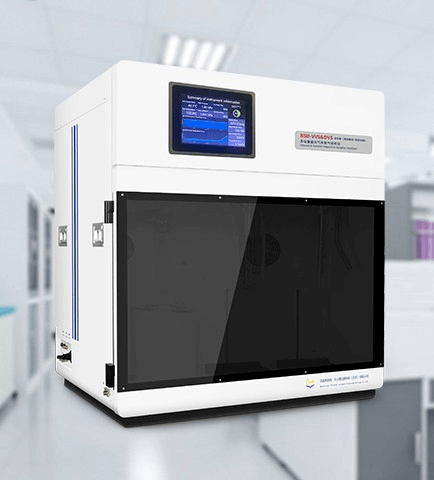
Product description
a. 8 analysis positions, constant pressure adsorption kinetic analysis
b. Full-featured weight method, (static method VVS+dynamic method DVS)
c. Fully automatic cycle adsorption life evaluation
a. Vacuum gravimetric vapor adsorption-desorption isotherm (VVS);
b. Dynamic gravimetric vapor isobaric adsorption and desorption rate (DVS);
c. Vacuum gravimetric vapor isobaric adsorption and desorption rate (VVS);
d. Dynamic gravimetric gas adsorption-desorption isotherm (DGS);
e. Vacuum gravimetric gas adsorption-desorption isotherm (VGS);
f. Dynamic gravimetric gas isobaric adsorption and desorption rate (DGS);
g. Vacuum gravimetric gas isobaric adsorption and desorption rate (VGS);
h. Dynamic gravimetric temperature programmed desorption (TPD);
i. Vacuum gravimetric temperature programmed degassing (TPD);
j. Dynamic gravimetric temperature programmed reduction (TPR);
k. Reagent distillation and purification;
l. Dynamic Gravimetric Temperature Programmed Oxidation (TPO);
m. Vacuum thermogravimetric analysis: available for vacuum thermogravimetric analysis;
n. Evaluation of multi-component competitive adsorption by dynamic gravimetric method;
o. Can be upgraded for adsorption of corrosive vapors and gases (such as SO2, H2S, NH3, etc.);
a. Vacuum degassing thermogravimetric report
b. Mesopore analysis by BJH method
c. Adsorption-desorption isotherm
d. Micropore analysis by T-plot method
e. Adsorption and desorption speed
f. Micropore analysis by D-R method
g. BET single point method specific surface
h. Micropore analysis by HK method
i. Langmuir specific surface
|
Test function |
Adsorption performance tests such as adsorption-desorption isotherm and adsorption kinetics |
|
|
Constant pressure adsorption kinetics |
Constant pressure adsorption kinetic analysis (constant pressure adsorption and desorption rate) |
|
|
Number of analysis bits |
4 or 8 analysis positions are optional; Simultaneous analysis of multiple analysis positions can greatly improve the test efficiency and speed up the progress of scientific research for the characteristics of slow adsorption rate and low adsorption test efficiency of the gravimetric method at constant pressure; The analysis environment of multiple analysis positions is completely consistent, The slight difference in adsorption performance of the same batch of materials can be known; |
|
|
Microbalance Resolution / Range |
Original imported industrial micro balance, 1ug/5000mg (0.1ug/500mg optional); Compared with similar products, the range is increased by 2-5 times, the range of sample loading is broadened, the representativeness of sampling is increased, and the accuracy is improved; |
|
|
Test gas type |
Water vapor, organic vapor, and various non-corrosive gases such as CO2 and alkenes; |
|
|
Whether NH3, SO2 and other corrosive gas adsorbates are optional |
Yes |
|
|
Fully automatic cycle adsorption test (recommended configuration) |
Fully automatic constant pressure variable temperature adsorption and desorption; Automatic constant temperature variable pressure adsorption and desorption; Automatic temperature variable pressure variable adsorption and desorption; Automatic cycle adsorption and desorption life evaluation; |
|
|
Switching mode between degassing furnace and constant temperature bath (recommended configuration) |
Fully automatic switching; Especially for fully automatic cycle adsorption life evaluation; |
|
|
Adsorption test temperature |
Constant temperature bath, -5℃~150℃, accuracy ±0.1℃; |
|
|
Steam anti-condensation |
The gas system is fully constant temperature, room temperature ~ 60°C, accuracy 0.1°C; |
|
|
Steam generation method |
"Static evaporation" method |
"Carrier gas mixing" flow method |
|
Vapor "humidity/partial pressure" control range |
0.1%~98% P/P0 |
2%~98% P/P0, lower P/P0 is optional |
|
Reagent Tube Liquid Reagent Capacity |
120ml |
120ml has the patented technology of reagent saturation condensation recovery, which improves the utilization rate of reagents and reduces the consumption of reagents |
|
Degassing activation pretreatment |
Vacuum degassing, molecular pump high vacuum degassing function is recommended; room temperature ~ 400 ℃, accuracy ± 0.1 ℃; |
Atmospheric pressure purging and degassing; room temperature ~ 300 ° C, accuracy ± 0.1 ° C; |
|
Visual temperature programmed degassing |
32-stage heating program to prevent samples from flying; real-time visualization of the sample constant weight process to accurately determine whether the sample is completely degassed; |
|
|
Buoyancy correction |
Mode 1: Buoyancy calculation mode (default); Mode 2: Blank buoyancy background subtraction mode; Mode 3: Background subtraction curve mode; |
|
|
Blank bit synchronization test |
Support blank position as background and buoyancy deduction synchronous test; eliminate system error, greatly improve test accuracy and stability; |
|
|
Vapor removal vacuum system |
Yes, double-pump vacuum system; high vacuum mechanical pump + steam pump; steam pump has a program-controlled steam removal function; |
|
|
Molecular pump high vacuum system (recommended configuration) |
Original imported molecular pump, the vacuum degree is better than 10E-6 torr; it can greatly reduce the residual vapor background and improve the test accuracy; |
|
|
Segmental pressure measurement |
Dual pressure sensor segment test; original imported capacitive film pressure sensor; |
|
|
Pneumatic control high vacuum baffle valve |
Original imported air-controlled high-vacuum baffle valve; large diameter, air-controlled zero heat; |
|
|
Mass flow controller |
Imported high-precision mass flow controller MFC; realize precise gas and vapor concentration control; |
|
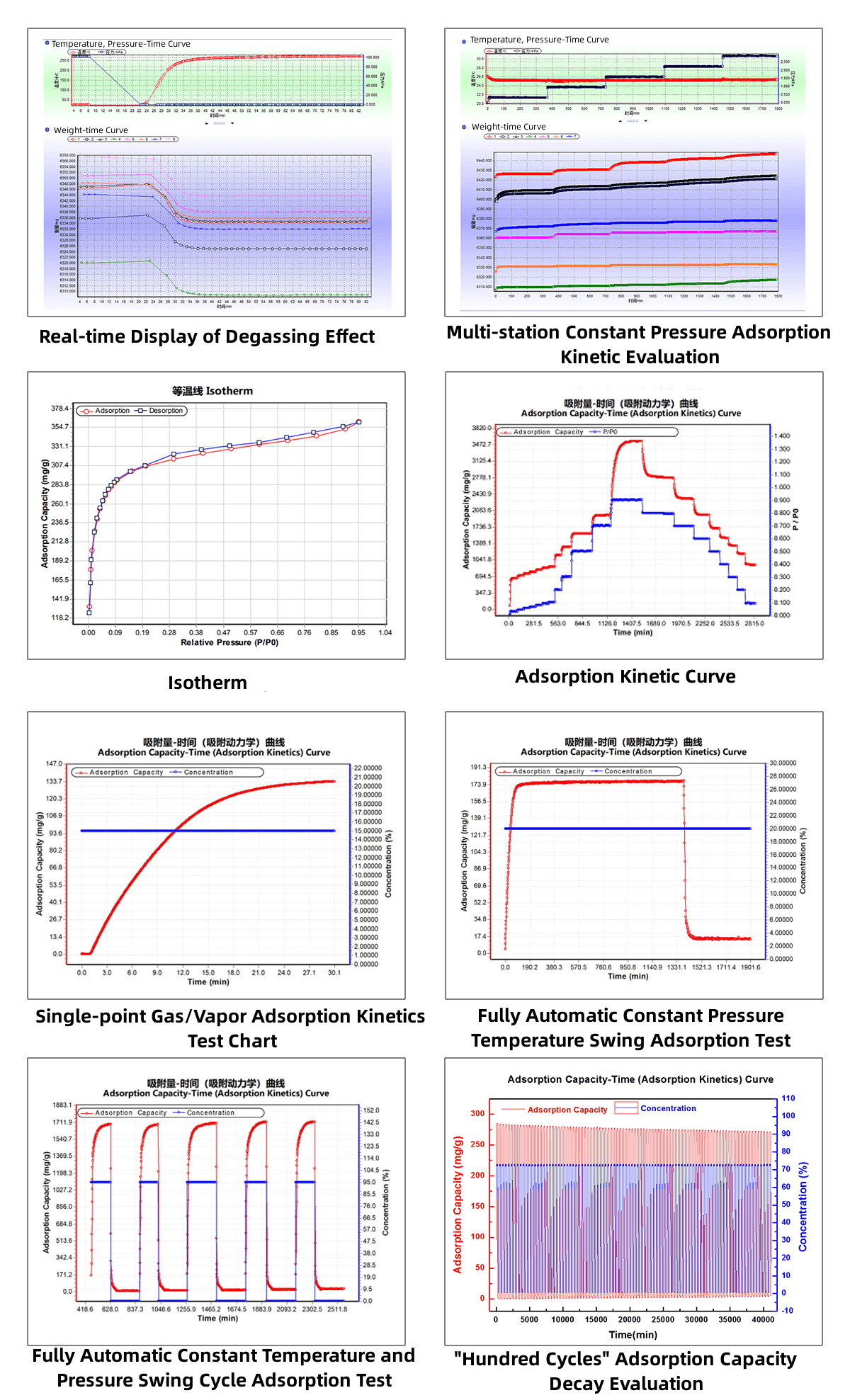
Difference
The difference between the "gravimetric method" and "volume method" of vapor adsorption:
|
Key indicator |
Gravimetric method |
Volumetric method |
|
Quantitative method |
The adsorption amount is determined by weighing the weight change before and after adsorption, referred to as "gravimetric method". |
Through the pressure change before and after adsorption in a certain volume, the adsorption amount is calculated according to the "ideal gas state equation", referred to as "volume method" or "volume method". |
|
Core Quantitative Components |
Micro balance The accuracy of weight sensors is usually 1-2 orders of magnitude higher than that of pressure sensors. |
Pressure Sensor One-thousandth of a reading accuracy is the highest accuracy for a pressure sensor, but relatively low for a microbalance |
|
Main Adsorbate Types |
Organic vapour, water vapour, gas. The quantitative method does not depend on the ideal gas state equation, but only depends on the weight change, so it can not only test gas adsorption, but also has inherent advantages in vapor adsorbates. |
Gas Since the ideal gas state equation has a narrow quantitative range for steam and has a large error, the volumetric method is only suitable for gas quantification, and the quantitative error is relatively large for steam that is greatly different from the ideal gas. |
|
Adsorption Kinetic Analysis |
It can obtain isobaric adsorption rate data, and can conduct adsorption kinetic analysis of gas and steam, water activity analysis, etc. |
Because it is quantified according to the pressure change before and after adsorption, the isobaric adsorption rate data cannot be obtained, and the adsorption kinetics analysis cannot be performed. Only the pressure swing adsorption rate curve can be given. |
|
Degassing pretreatment |
The "thermogravimetric" curve of the relationship between temperature, weight and time during the degassing pretreatment process can be obtained, and it can be accurately known whether the sample has a constant weight, so as to know whether the treatment is "clean". |
A certain degassing time can only be set based on experience, and it is impossible to know whether the specific sample is degassed "clean". (Generally, the degassing time should be increased as much as possible under the permissible conditions, and the efficiency should be reduced to ensure the degassing effect.) |
|
Whether to test temperature distribution |
No Direct weighing, the quantification has nothing to do with the temperature area, and the error factor is small.
|
Yes Since it is necessary to know the amount of "residual" gas in each temperature zone to know the adsorption amount of the sample, it is necessary to test the distribution of temperature zones, which has many sources of error introduction. |
The difference between "vacuum method" and "dynamic method" in gravimetric vapor adsorption instruments:
|
Key indicator |
Vacuum method |
Dynamic method |
|
Method introduction |
Place the adsorbent sample in a vacuum environment, let the adsorbate vapor volatilize into the vacuum system and control it under the specified partial pressure P/P0, and continuously acquire time-weight data until the adsorption equilibrium; In this process, the sample is first in a vacuum environment, and the adsorbate vapor is not flowing, but is "statically" adsorbed, so it is also called "static method" or "vacuum method" vapor adsorption. Vacuum gravimetric method is an ideal physical adsorption analysis method with strong functions. No carrier gas is required, and there is no factor that carrier gas affects the adsorption process. The data reliability is high, and it is a research-level analytical instrument; this method appeared later than the "dynamic method" and has high technical requirements. |
Put the adsorbent sample in the normal pressure environment with flowing carrier gas balance, let the mixed gas of carrier gas and adsorbate vapor flow through the sample, and continuously acquire time-weight data until the adsorption equilibrium; In this process, the adsorbate vapor flows "dynamically", so it is called "dynamic method" vapor adsorption. Dynamic gravimetric method, which was applied earlier, was developed from the method of "balance + constant temperature and humidity box" built by early researchers. It can obtain gravimetric vapor adsorption data in a relatively simple way. Since the instrument does not need a vacuum system, the instrument structure is simple. , became a common method in the early vapor adsorption industry, and is still used today. |
|
Sample pretreatment |
"Vacuum degassing" method, high efficiency. Remove moisture, air and other "impurity" gases on the surface of the sample to be tested by "heating and vacuuming"; this pretreatment method is called "degassing"; Because it can be heated and vacuum degassed, the treatment effect is excellent for samples with strong adsorption capacity, such as microporous materials, molecular sieves, activated carbon and other large specific surface samples. The pretreatment temperature can be as high as 400 °C, and there is no secondary pollution problem after the sample is processed. ; Sample surface preparation "clean" is the basis for correct test data. |
The "normal pressure purge" method has low efficiency. The sample is pretreated by "heating and blowing dry carrier gas through the sample to be tested". This pretreatment method is called "purge"; The sample is pretreated by means of carrier gas purging; the pretreatment temperature is up to around 200°C, and it is difficult to remove gas impurities such as moisture in the micropores; If the auxiliary method of vacuum oven drying is used, since there is no anti-flying method, it is easy to make the sample fly; and when the sample is loaded after processing, the sample is exposed to the air again, and the processing effect is reduced. Sample pretreatment is not "clean" and correct test results are not guaranteed. |
|
Into the steam way |
After the sample is heated and vacuum degassed, the sample chamber is in a vacuum environment, and the vapor adsorbate evaporates from the liquid state in the reagent tube to the sample chamber and becomes vapor, which is adsorbed by the sample; the P/P0 partial pressure is controlled by controlling the vapor pressure. accomplish. This method has high precision of voltage division control (error less than 0.1%), and wide range of voltage division control (0~99%); |
The sample is in a normal pressure environment, and the carrier gas carries the vapor adsorbate to flow through the sample dynamically and is adsorbed by the sample; the P/P0 partial pressure control is realized by controlling the ratio of the carrier gas and the vapor. The voltage division control precision of this method is relatively low (error 1%), and the voltage division control range is narrow (2~90%); |

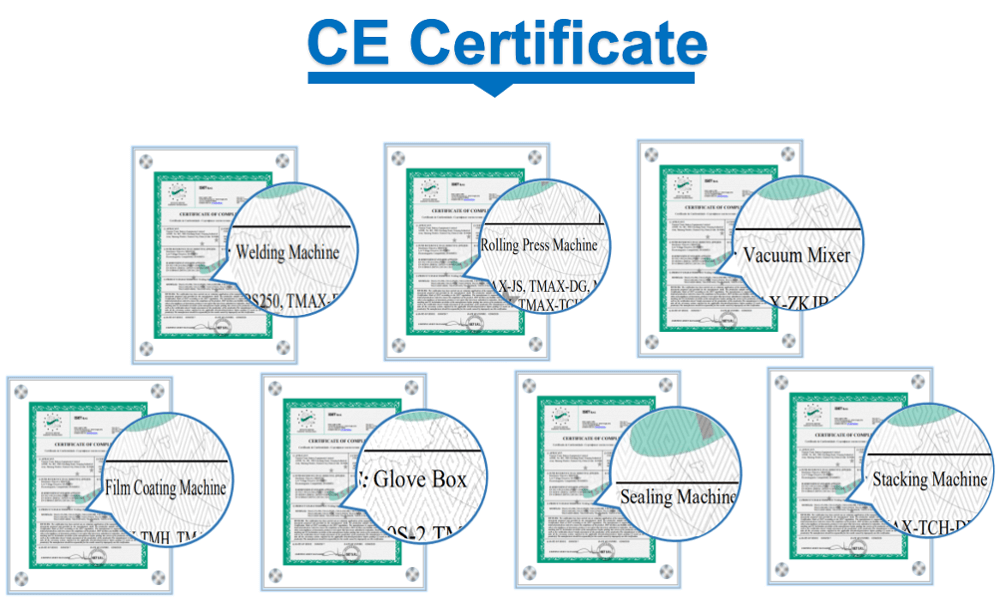








 Tel : +86-592-3926659
Tel : +86-592-3926659 Email : gilia@inthelaboratory.com
Email : gilia@inthelaboratory.com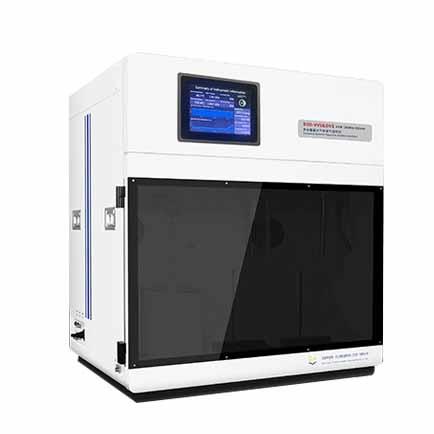
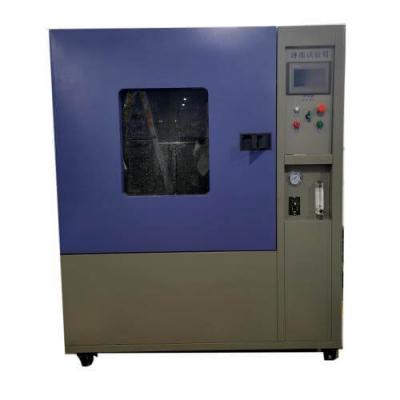
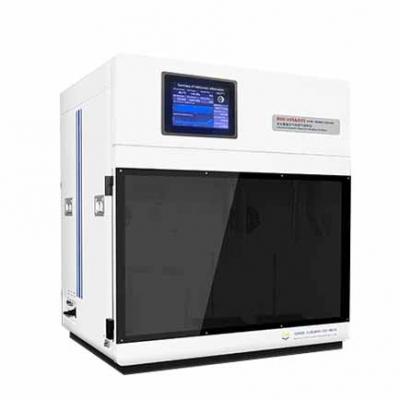
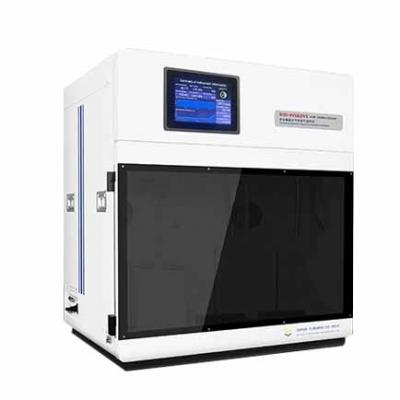
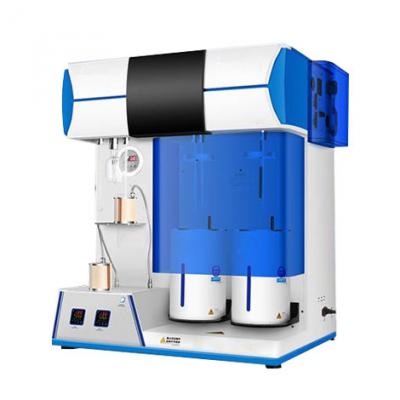
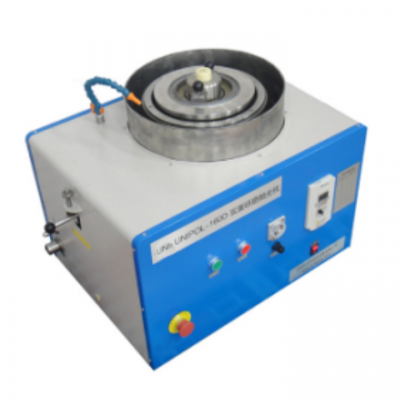
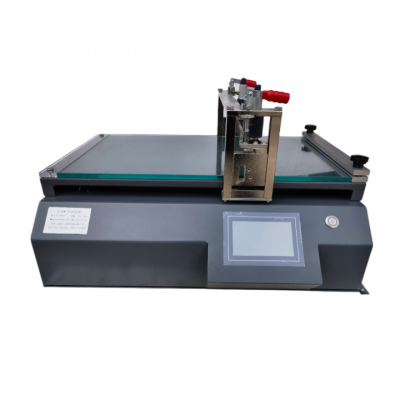
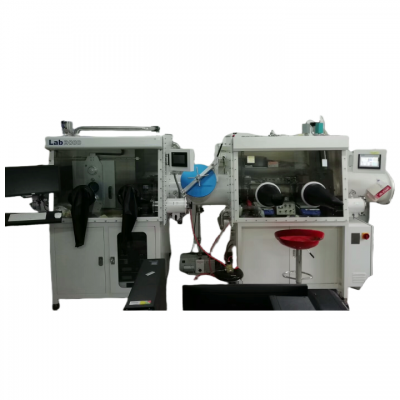
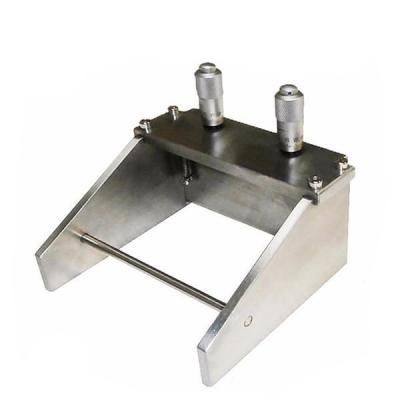
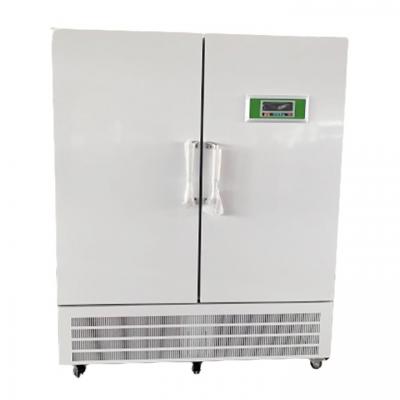

 IPv6 network supported
IPv6 network supported 